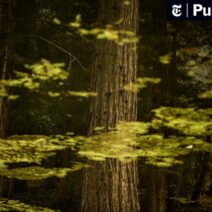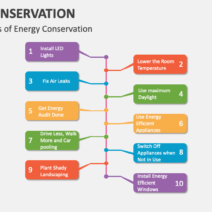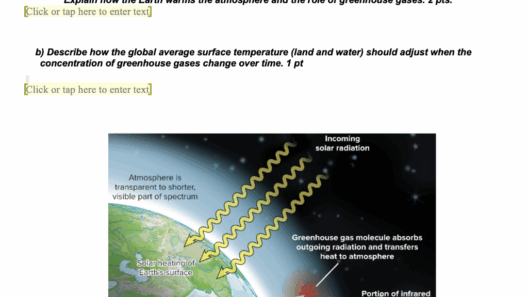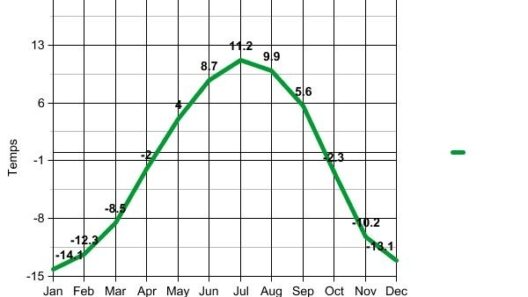The phenomenon of snowfall has long been a cherished emblem of winter. However, as global temperatures rise due to climate change, the future of snow is increasingly precarious. This article explores whether snow will disappear because of climate change, examining the intricate interplay between rising temperatures, seasonal shifts, and environmental systems.
At the core of this discourse is the fundamental science of climate change. Human activities—primarily the burning of fossil fuels—have led to a significant increase in greenhouse gases in the atmosphere. These gases trap heat, contributing to global warming. Furthermore, even a slight increase in average temperatures can have far-reaching impacts on weather patterns, including snowfall. As scientists project future climatic conditions, the realities of reduced snow cover become stark.
The geographical distribution of snow, known as the “snow line,” is shifting. Warmer temperatures have caused this line to ascend in elevation, resulting in a diminished snow accumulation in many regions. In temperate zones, where snowfall is customary during winter months, studies indicate that the frequency and quantity of snowfall will decline. This trend has dire implications for ecosystems, water resources, and human activities alike.
To grasp the potential disappearance of snow, we must consider the hydrological cycle. Snow acts as a natural reservoir, slowly releasing water as it melts in spring and summer. This gradual thaw is vital for sustaining rivers, lakes, and aquifers that support agriculture and drinking water supplies. With decreased snowfall, the replenishing of these water resources becomes erratic, potentially leading to drought conditions in regions that rely heavily on snowmelt.
Moreover, a lack of snowfall has implications for biodiversity. Many species depend on the insulation that snow provides during frigid temperatures. For instance, small mammals and even some birds utilize snow for shelter and survival during harsh winters. An absence of snow can disrupt hibernation patterns, predator-prey dynamics, and migratory behaviors. This disruption could ultimately lead to diminished populations of some species, further skewing the delicate balance of ecosystems.
Additionally, human activities intertwined with winter sports are under threat. Ski resorts and winter tourism thrive on consistent snowfall, and projections indicate that many iconic ski destinations are becoming increasingly susceptible to fluctuating climatic conditions. The economic repercussions can be substantial, affecting local economies reliant on winter sports tourism, which in some cases generates millions in revenue.
The aesthetic and cultural association of snow cannot be overlooked. Winter landscapes, adorned with blankets of white, resonate deeply within various societies. The holiday season, often characterized by snow-laden vistas, embodies nostalgia and joy. However, as climate change erodes these landscapes, an evolving relationship with winter will inevitably emerge. Communities may be compelled to redefine traditions and narratives tied to snow, fostering both loss and adaptation.
Interestingly, while climate change poses a significant threat to snowfall, some regions may experience increased precipitation in the form of snow. Existing climate models predict that while temperatures may rise, certain areas—especially those at higher altitudes—could see intensified winter storms. This paradox underscores the complexity of climate systems and the variability of outcomes based on geography. However, translating increased snowfall into lasting snow cover remains an issue. Warmer spring seasons will often lead to premature melts, negating the accumulative benefits.
Addressing the potential disappearance of snow necessitates a global response. Mitigation strategies targeted at reducing greenhouse gas emissions are paramount. Transitioning to renewable energy sources, enhancing energy efficiency, and promoting sustainable land-use practices are critical measures to curb the trajectory of climate change. Additionally, fostering awareness and advocating for climate-resilient policies can empower communities to adapt and prepare for variable winter conditions.
Furthermore, understanding the regional implications of climate change can enlighten conservation strategies. By investing in research and monitoring programs focused on snow dynamics, stakeholders can glean insights into adaptive management frameworks tailored to local ecosystems. These initiatives can respond to changing snowfall patterns, ensuring that water resources, biodiversity, and winter sports industries remain viable.
In tandem, grassroots movements advocating for climate justice can play a significant role in amplifying awareness. By emphasizing the interconnectedness of climate change and its numerous impacts on snow and ecosystems, activists can galvanize public interest and action. Whether through community-based initiatives, educational campaigns, or collaborative efforts with scientists, the collective pursuit of sustainability can challenge the narrative of complacency.
Ultimately, while the evidence suggests that snow will indeed face significant changes due to climate change, the conversation must pivot from despair to curiosity. How can communities adapt? What innovative practices can emerge? Each snowfall could become a catalyst for action—prompting reflection on human impact and resilience in the face of profound change. By understanding the science, embracing adaptability, and advocating for ethical stewardship, it is possible to influence a future where snow remains an enduring symbol of winter, rather than a relic of the past.
The future holds uncertainty, but the potential for change lies within our grasp. Engaging in meaningful dialogue and fostering innovative solutions will be crucial in redefining our relationship with winter and ensuring that snow continues to grace our landscapes for generations to come.





